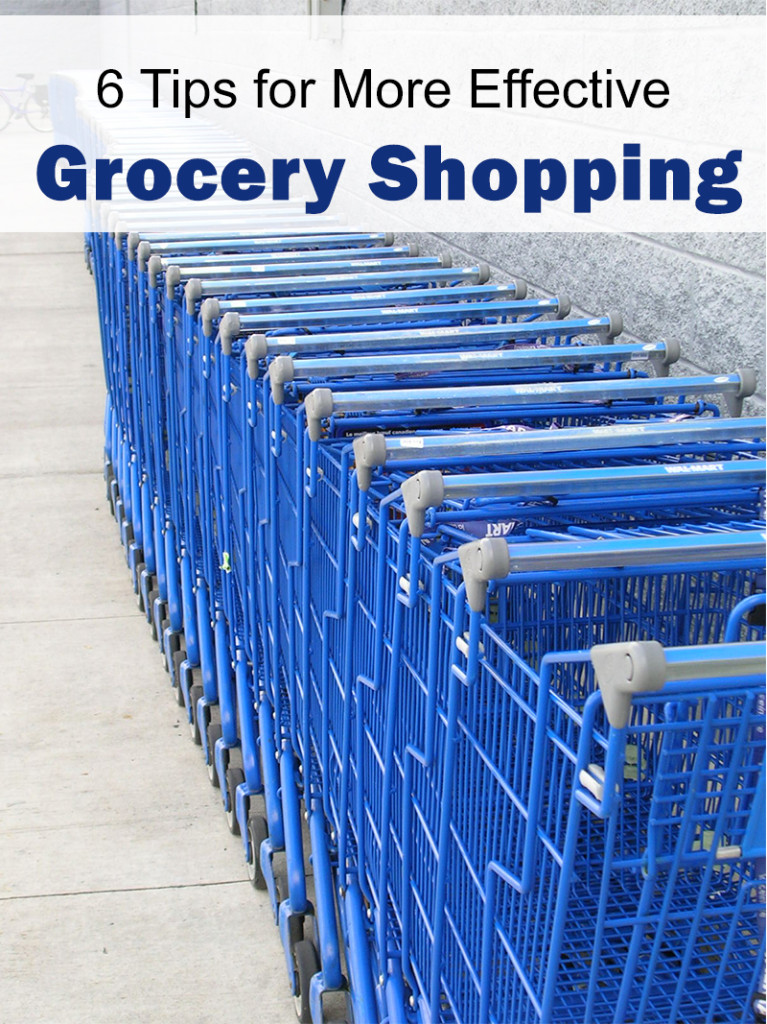Dave Daniels writes about smart shopping and tips for frugal living especially when it comes to costs in the kitchen.
Most people don’t get overly excited about their weekly trip to the grocery store, but instead of trudging through the task, learn to make it better. Use these tips to speed up the experience and save some cash. You might actually learn to enjoy shopping for groceries.
1. Take an Inventory
Before you leave the house, go through your fridge and pantry and write down exactly what you’re missing. By writing out a list, you’re more likely to purchase only the items you need, rather than spending on food you already have.
2. Stick to Your List
Once you have your list, stick to it. If you see a deal on food you don’t normally eat, keep walking. Avoid aisles that don’t have food items you need. Take a quick peek at the listed categories above each aisle, and if nothing there is on your list, move on to the next one.
3. Take Advantage of Coupons
You can save money by using coupons from the Sunday paper, as well as grocery saving smartphone apps. One of the newer apps you might want to investigate is Checkout 51. It doesn’t feature digital coupons, but offers weekly deals. After you purchase an item from the list of deals, you upload your receipt, and get credit for the deal. Once you accumulate more than $20 in your account, you can cash out and receive a check in the mail.
4. Load Up on Sale Items
If you see a sale on rice, pasta, ketchup, or any other household staple, stock up and save. Just make sure you don’t purchase more than you can consume before the “best by” dates.
5. Shop Farmers Markets
Do a quick Internet search to see if there’s a farm or farmers market in your area. Even if it’s 30 minutes away, it can pay off. I discovered one near my home, and have cut my produce costs by roughly 20%. The food quality is as good as your traditional grocer, and there may be a larger selection.
6. Avoid Impulse Buys
Impulse buying can occur whenever you browse the grocery aisles, but the pressure really gets tight when you hit the checkout line. Commit to making the checkout line a “no buy zone” – if it’s not in your basket by the time you checkout, it shouldn’t land there as you wait to make your purchases.
According to the Department of Agriculture, the average family of four spends as much as $1,293 per month on groceries. This cost can easily make food your highest monthly expense. If your grocery bill is taking a toll, it’s time to carve out a new strategy for grocery shopping. Come up with a method to increase your shopping effectiveness while simultaneously cutting costs.
How do you maximize your grocery-buying strategy to save time and money?


Lauren Scarbrough says
I always start at the back of the store and work my way up to the register.
It means I can get through Wal-mart in 30 min if I have to. (I promise, I’ve done it multiple times in a pinch in high-traffic times.) Also, I can see all of the isles ahead of me, so I don’t have to run all the way back because I forgot that pickles are now in the cans isle, rather than next to jalapenos.
When all four of us are here, we spend about $400 a month of groceries. I can’t imagine spending $1,293.
Reesa Ramos says
I normally can get in and out of the store in 30-45 minutes with my 2 and 3 year olds with me. I agree though, I cant imagine spending even close to $1,000/ month on groceries. As a family of 6, we try to spend no more than $400/month.
de says
Farmer’s markets: Prices are actually higher, quality and freshness is hugely better than the grocery, plus you can sample before buying.